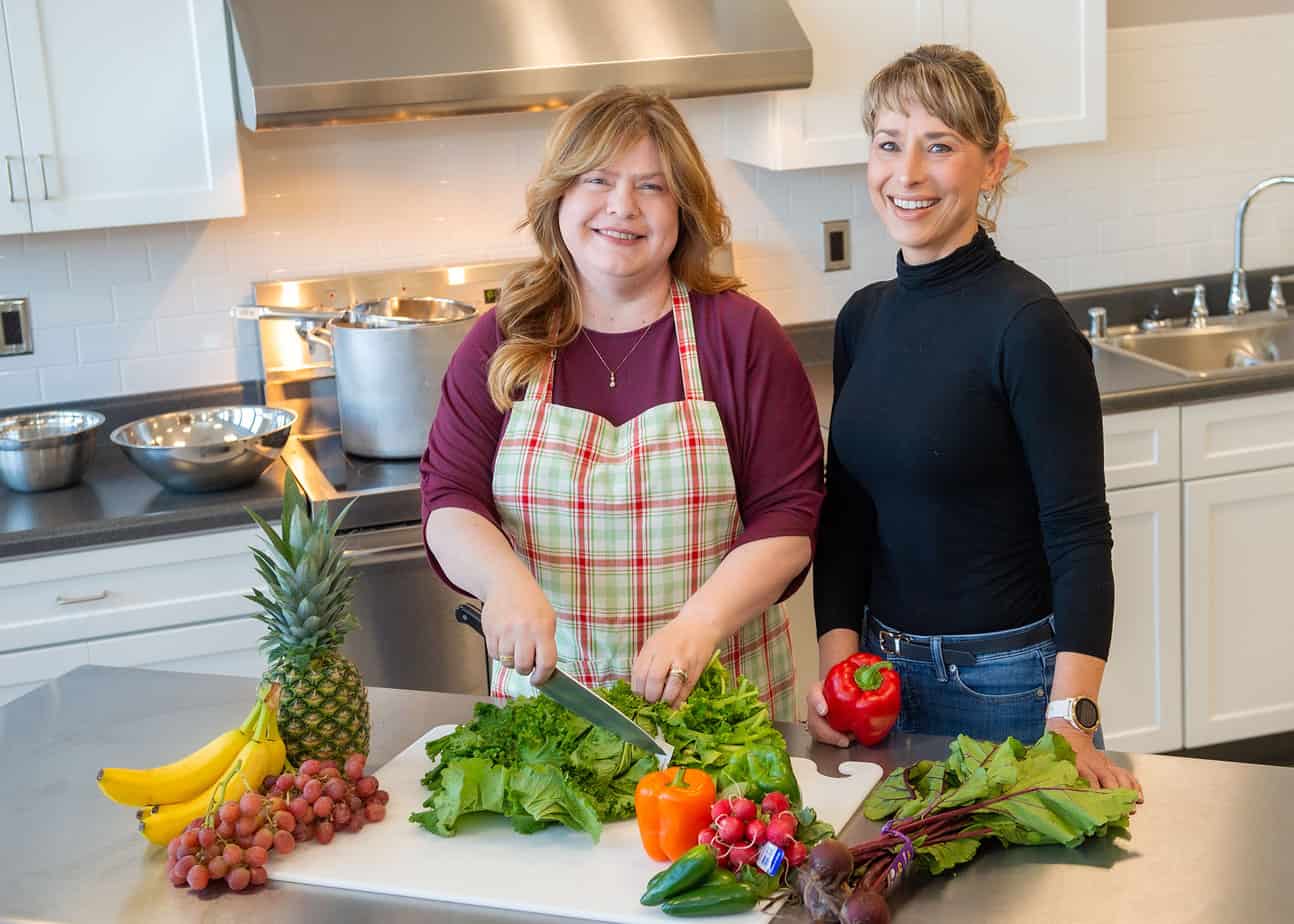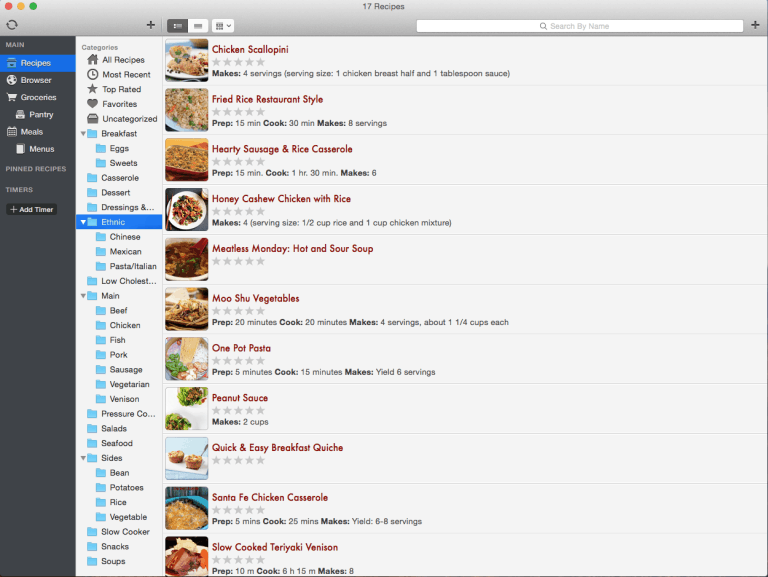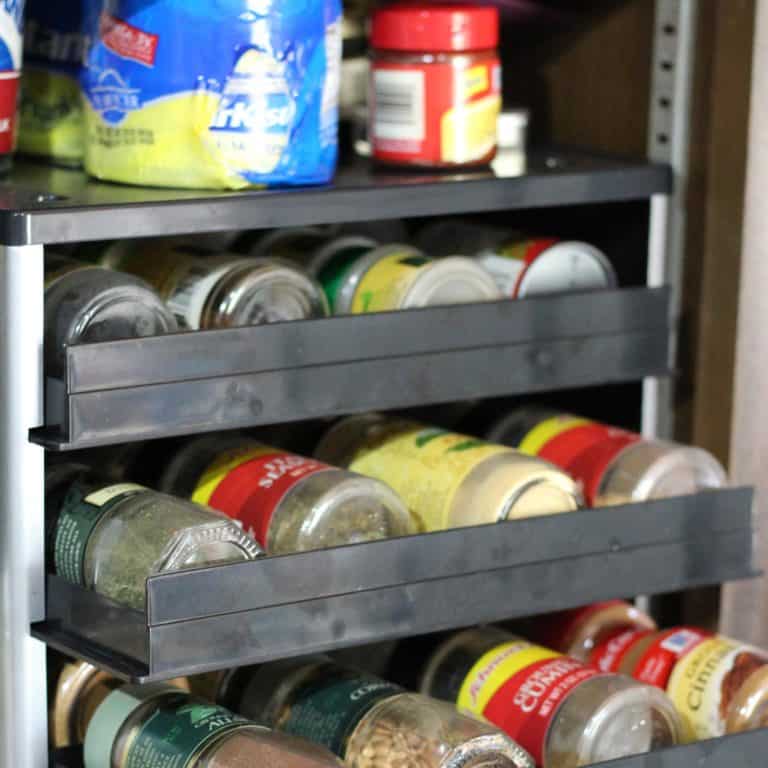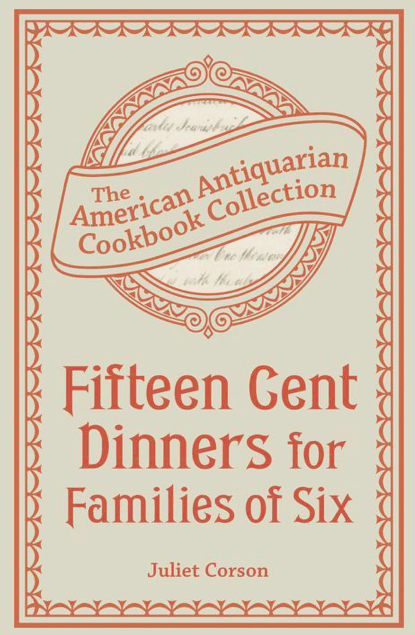SIU food nerd and dietician advise resolving to cook at home more in the new year
This article was a combined effort. Thanks to Christi Mathis wit SIU News!
Two Southern Illinois University Carbondale professors have advice on how to keep the popular New Year’s resolutions of eating healthier, losing weight, starting a new hobby and spending more time with family: cook at home.

Cooks and dietitians don’t always see eye to eye, especially when it comes to fat, salt and sugar, but Niki Davis, associate professor of practice in the hospitality, tourism and event management program, and Dawn Null, assistant professor of human nutrition and dietetics, agree that cooking from scratch can produce a flavorful and nutritious meal fit for any budget-conscious family.
Cooking from scratch seems to be a lost art, a dying skill, “food nerd” Davis said, noting that for many, the days of waking up to a homecooked breakfast, packing lunch and gathering around the dining table for an evening meal are gone. According to OnePoll, a marketing research firm, roughly 31% of Americans cook at home every day, albeit not necessarily from scratch. Just 30 years ago, this number was closer to 75%.
Today’s lifestyles can be complicated and hectic, especially if kids are in the household. Home-cooked meals tend to be the sacrifice we make to free up time for other daily events.
But, Davis and Null say, a modest investment of time to cook yields many rewards.
It tastes better
Simple meals put together with fresh, local or seasonal ingredients provide a richer and more satisfying meal. Selecting the freshest ingredients at the market ensures a better-quality meal. Local or seasonal produce will provide even more flavor because the food will have ripened prior to being harvested, lending fuller flavor to your prepared dish.
It’s healthier
Research consistently shows that people who frequently cook meals at home have healthier diets. They consume fewer calories and carbohydrates and less fat and sugar than those who eat most meals out.
Studies show that the more people cook at home, the less likely they are to be obese or develop Type 2 diabetes. In fact, teaching people to cook is now being used as an intervention to improve diet quality, promote weight loss and reduce risk of diabetes, according to Harvard Health.
It can also be fun to look for new and different healthy-eating recipes. Davis and Null share a great one below for zucchini wild rice salad to get you started.
It’s budget friendly
The cost of a typical fast-food meal is in the $4-7 range, or perhaps more. That cost goes up to about $13 or more for the average restaurant meal. If you have food delivered, the tab climbs even higher with the addition of fees and a tip, so you’ll see the price jump to more than $20 for a single meal.
Costs vary for a home-cooked meal, but one study reported by Forbes indicates you will pay between three and five times more when eating out.
It builds life skills
Cooking is a dying although important art, as we learned quickly in 2020 with the onset of the COVID-19 pandemic. You may need to learn how from square one, or you may just need to brush up or enhance your expertise by mastering something new. Either way, cooking from scratch will hone whatever skills you have while developing new ones. And you can enhance the lives of others by taking time to teach the next generation what you know.
It unleashes creativity
Even if you don’t consider yourself to be a creative person, you will be surprised just how creativity shines through in the kitchen after you master a few basics. You can experiment with new ingredients or prepare a dish from another culture. Even tackling family favorites such as Grandma’s Sunday dinner meatloaf or pot roast can offer the chance for your ingenuity to flourish. It’s also wonderful to pass along recipes for those special family tradition dishes onto the next generation.
Keeps us together
Sitting around the dining table at home is one of the best ways to stay connected with everyone in your household. Ramp up the experience by extending the togetherness into the actual cooking, too. Getting everyone involved helps speed up the cooking process when time is short and strengthens family or friendship bonds.
For Baby Boomers and Gen Xers, family meals were a common occurrence and provided lasting memories of family and food. Whether you prepare all meals from scratch or just make dinner a few nights a week, cooking at home can help you maintain a healthier lifestyle all around. The ability to cook is also a much-appreciated skill for partners or mates, so it’s a great relationship booster.
Snacking – the bane of health eating
There’s one more stumbling block many people encounter on their road to better eating: snack time. Everyone enjoys a bite between meals now and then, but if you’re not careful, you can rack up the calories and derail your resolutions to eat healthier by nibbling on high-calorie snacks.
For instance, a large blueberry muffin and small vanilla latte come in at about 700 calories or more. Just 20 potato chips will add 200 calories, and a small 1.65-once bar of milk chocolate will add on 260 calories, while a medium order of fast-food fries carries 320 calories. Putting that in perspective, a brisk, 30-minute walk burns 150 calories.
But there are plenty of tasty, nutritious snacks. Try munching on sweet, juicy seedless grapes. Apples, clementine mandarins (Cuties), oranges and grapefruits are also in season right now. Other healthy snack ideas include nuts and seeds or trail mix made with nuts, seeds and dried fruit (just be careful of the serving sizes), Greek yogurt with fresh berries, popcorn (just don’t overdo the butter and salt), hard boiled eggs and cottage cheese with fresh fruit.
To feel full longer, pair protein with fiber. For instance, eat peanut butter with apple slices or string cheese with whole grain crackers.
If you’re looking for something a little more savory, check out recipes like this one for pumpkin nut muffins.
One muffin has just 183 calories, but it’s packed with nutrients including protein, fiber, vitamin A and potassium.
Try this salad for a healthy and delicious side.






